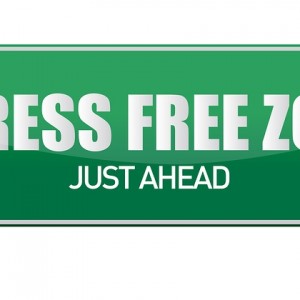
Leadership Potential: How Much Do Appearances Matter?
Let’s be honest, appearances matter when it comes to being perceived as leadership potential. Like it or not, we’re judged on how we look as

Let’s be honest, appearances matter when it comes to being perceived as leadership potential. Like it or not, we’re judged on how we look as

In the work I do coaching some very smart individuals, people ask me how they can improve their communication skills so they can get noticed

In this series of posts on leadership communications, I’ve been sharing the seven power cues from author Nick Morgan in Power Cues: The Subtle Science

I’ve been reading and sharing about how leadership communication can create more powerful impact with people. In my last post, I shared the first two

As a leader, you may overestimate just how much influence you exert in your leadership communication. You may very well know the words you project,

Some leaders are naturally great communicators and seem to intuitively know how to inspire followers. Others, well, at least in my work coaching individuals, study

Are you feeling overwhelm? Almost everyone I talk to in our crazy busy workplaces is out of time, overworked, and stressed to the max. And

Positive leadership isn’t some vague feel-good management fad. And yet it’s not exactly a concrete process like Six Sigma or TQM. Successful implementation therefore requires

Are you an analytical or socially savvy leader? I’ve been writing about positive leadership and how it’s not just a matter of being “nicer,” or

Have you noticed an emphasis on problems in your work place? Bosses who practice positive leadership are rare. Leaders and managers tend to focus on

Join Nancy as she talks with Meredith Hirsh, her client, on her podcast, Working Healthcare. Learn when to seek a therapist versus a coach and

Listening may be the most difficult skill to master when communicating effectively. But master it, we can! The non-verbal part of communicating is the most

How do you test your leadership insights? “Innovation is seeing what everybody has seen and thinking what nobody has thought.” ~ Dr. Albert, Szent-

An organization’s health is only as sound as its leader’s decisions. Some companies prosper from wise leadership directions, while others struggle after flawed choices—choices that







